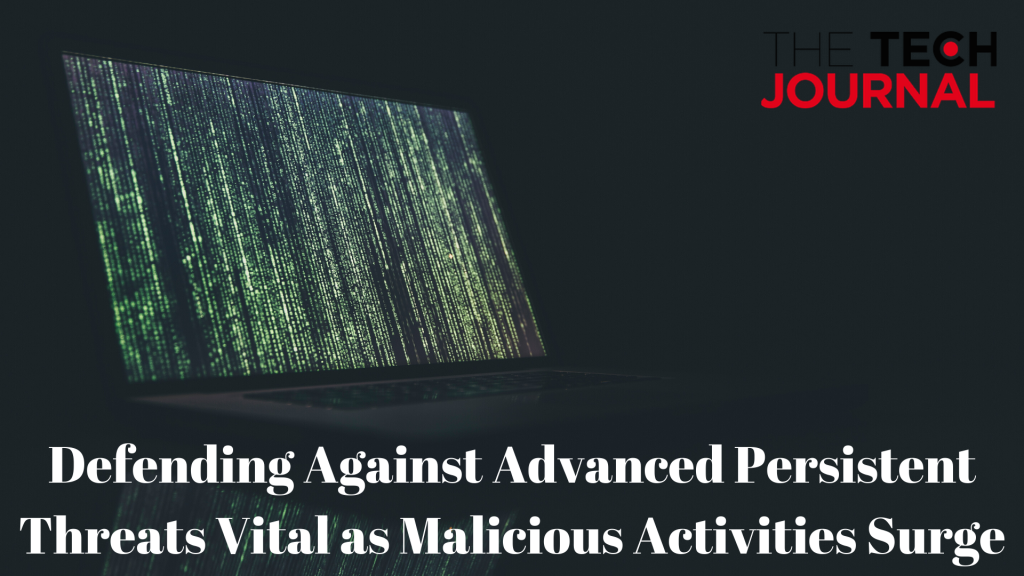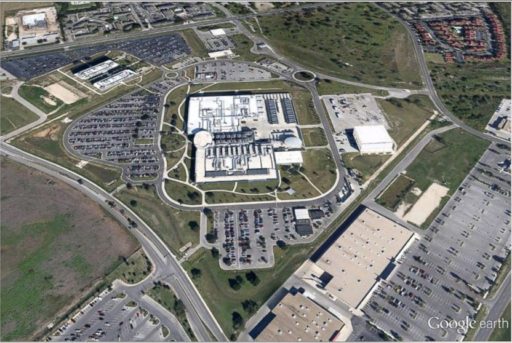Cybercrime is proving to be a profitable endeavor these days. According to the FBI, hackers took home $3.5 billion in “profit” in 2019.

This is among the reasons why skilled hackers now operate as advanced persistent threats (APTs). They attempt to gain unauthorized access to key networks and infrastructure. By remaining undetected over long periods, they can perform a variety of profitable attacks including data breaches, ransomware, and espionage.
For example, hackers are currently exploiting the coronavirus pandemic to launch their attacks. According to Google, cybercriminals are sending 18 million coronavirus-related email scams every day. APT group APT36 has also been reported to use emails claiming to have vital information about the virus to deliver weaponized RTF documents and deploy malware to steal information from infected computers without being detected.
It only takes one misstep by an organization or its users for APTs to gain access to systems. It is crucial for organizations to institute strong security measures that defend against APT attacks. These measures include performing routine security risk assessments that test the effectiveness of security tools and even potentially reveal the presence of APT within the network. Integrating and implementing various measures and programs such as endpoint protection, firewalls, data protection, and security training can also help.
APTs and their impact
APTs can perform attacks that may have devastating consequences for victims. Once they gain access to systems, they can do whatever they want with their victims’ data. APTs can scan for customer and financial information, and the data can be sold for significant sums in the black market. They can also activate ransomware that locks organizations out of files until a ransom is paid.
State-sponsored APTs can also target global corporations and critical institutions. In 2015, state-backed APT groups deployed a backdoor malware that targeted Ukraine’s power grid and caused a blackout. This malware technique has even been commoditized and is now available in the black market, allowing others to carry out similarly dangerous attacks. Earlier this year, the conflict between US and Iran also triggered a surge in APT activities with Iran-linked APT groups allegedly password-spraying US targets.
Organizations that fall for such attacks have to dedicate much precious resource to their recovery and remediation efforts. Affected users may demand compensation for their compromised data. Regulatory bodies may also impose penalties for the security breach. Fixing flaws in the network and getting operations back in order can also take time and money. The average cost of a data breach to organizations in the US is $8.19 million. Preventive these actions are indeed better than curative ones.
By causing disruptions to industrial and government targets, APTs can also bring about serious financial and economic turmoil, not very welcome during these trying times.
What can be done
To prevent APTs from causing them great harm, organizations must execute a comprehensive security strategy that covers all aspects of their technology use. Firstly, installing endpoint security such as antimalware solutions is an essential part of any security strategy. APTs typically deploy malware within the network so reports of constant and persistent malware presence on endpoints can be an indicator of APT presence.
Secondly, web applications and portals can be protected with firewalls that block malicious traffic and requests from even reaching digital channels. Identity and access management (IAM) platforms are also used by organizations to implement stringent authorization processes for critical files. However, if these tools are improperly configured, APTs can find ways to circumvent them.
Thirdly, organizations must also perform continuous cybersecurity risk assessments to ensure that their security measures are capable of protecting them from threats. Comprehensive testing can now be done using breach and attack simulation (BAS) platforms. Organizations can run simulated attacks across vectors to test if security measures work as intended. If tools perform poorly, they can be immediately adjusted or replaced.
Lastly, staff members have to be educated on cybersecurity. They must also be made aware of the many ways APTs can try to manipulate or influence their behavior. Aside from classroom-style training, companies can also adopt phishing training platforms that can simulate social engineering attacks. This can help identify the problematic behaviors staff members may have which can be corrected through proper and early intervention.
No room for complacency
For organizations, falling for APT attacks can have dire consequences. Considering how APTs can go undetected for years, it’s safer for companies to assume that they are always under attack. It is not enough that they implement security measures that protect them from threats. They must also routinely check if these are working properly. Organizations should remain vigilant so that APTs won’t be able to lurk in their networks and catch them off guard.

